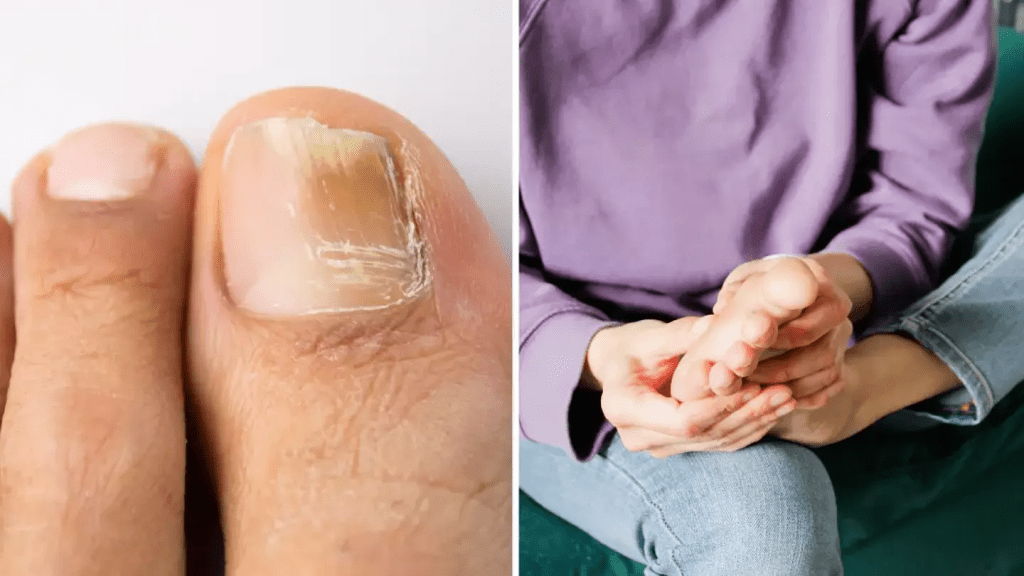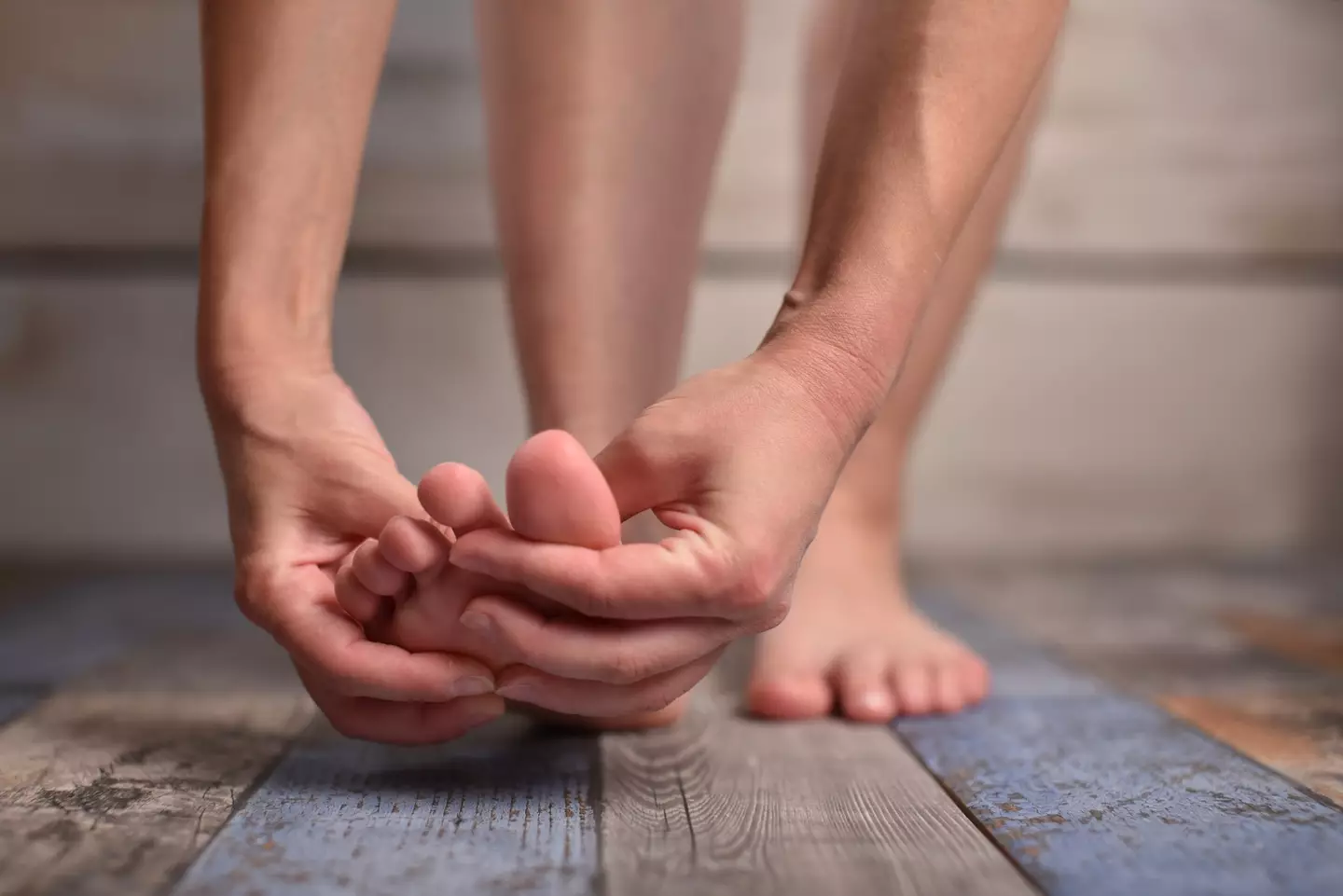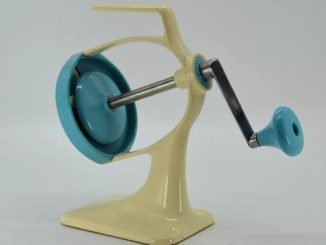Our bodies are remarkable at signaling when something’s amiss. Surprisingly, our feet can often serve as an early warning system for severe health conditions. According to pharmacist Noel Wicks, certain changes in your feet might indicate a potentially life-threatening condition: peripheral arterial disease (PAD).
What is Peripheral Arterial Disease (PAD)?

Peripheral arterial disease is a common condition caused by fatty deposits building up in the arteries, restricting blood flow to the leg muscles and other areas. While PAD itself is a serious condition, it’s also a precursor to more dangerous illnesses like heart disease and diabetes.
The National Health Service (NHS) describes PAD as a significant health risk that can lead to severe complications if left untreated. Symptoms often start subtly but can progress to intense leg pain, mobility issues, and more serious conditions like ulcers or even tissue death.
The Connection Between PAD and Your Feet
Pharmacist Noel Wicks emphasizes the importance of foot health as an indicator of PAD. He explains that our feet often give us subtle clues about underlying health problems, ranging from circulation issues to potential heart disease.
Key Foot Symptoms to Watch For
- Cold Feet and Numbness
Feeling persistently cold feet or experiencing numbness can indicate reduced blood flow, a hallmark of PAD. This happens because the arteries supplying blood to your legs become narrowed or blocked. - Changes in Toenails
Thickened, brittle, or yellow toenails could signal PAD. Such changes might stem from poor circulation or fungal infections, both of which are red flags for underlying arterial problems.
Other Warning Signs of PAD in Your Feet
Apart from cold feet and brittle nails, there are additional signs to monitor closely. These include:
- Tingling or Burning Pain: This may feel like pins and needles or an unusual warmth in your feet.
- Dry, Cracked Skin: Poor circulation can lead to dryness that doesn’t improve with regular moisturizing.
- Blisters or Sores That Don’t Heal: Slow-healing wounds on your feet could indicate restricted blood flow.
- Swelling and Discoloration: Feet or legs may appear swollen, pale, or even bluish in color. This is another sign that blood isn’t circulating properly.
- Hair Loss on Legs and Feet: A lack of oxygenated blood can prevent hair from growing on your lower limbs.
Who is at Risk for PAD?
While PAD can affect anyone, certain groups are at a higher risk:
- Smokers: Smoking damages blood vessels, making PAD more likely.
- Diabetics: Both type 1 and type 2 diabetes increase the risk of PAD due to their impact on blood circulation.
- Individuals with High Blood Pressure or Cholesterol: These conditions strain the arteries and exacerbate fatty buildup.

Older adults are particularly susceptible to PAD, though anyone with the above risk factors should remain vigilant.
Why Ignoring PAD Symptoms is Dangerous
Failing to address the early warning signs of PAD can have severe consequences. As the condition worsens, it can lead to:
- Muscle Wasting: Poor blood flow deprives muscles of oxygen, causing them to weaken or shrink over time.
- Leg and Foot Ulcers: Open sores may develop, which are prone to infection and slow to heal.
- Tissue Death (Gangrene): In extreme cases, untreated PAD can lead to tissue death, requiring surgical intervention.
What Should You Do if You Notice Symptoms?
The NHS urges anyone experiencing recurring leg pain—especially during exercise—to see a doctor promptly. Leg pain without an obvious cause is not normal and often signals an underlying problem like PAD. Early diagnosis is critical to managing the condition effectively.
Steps to Protect Your Health

- Adopt a Healthy Lifestyle:
Eating a balanced diet rich in fruits, vegetables, and whole grains can reduce arterial blockages. - Quit Smoking:
Smoking cessation dramatically lowers your risk of PAD and other vascular diseases. - Stay Active:
Regular exercise improves circulation and helps maintain a healthy weight. - Manage Blood Pressure and Cholesterol:
Keep these levels in check through medication, if prescribed, and dietary changes.
Conclusion: Be Proactive About Foot Health
Your feet might not be the first place you’d look for signs of a serious condition, but they can reveal a lot about your overall health. Peripheral arterial disease is a silent killer that can lead to severe complications if ignored. Watching for warning signs like cold feet, brittle nails, or non-healing sores can make all the difference.
The message is simple: don’t overlook the subtle signals your body sends. If you notice any unusual symptoms, consult your GP immediately. Staying informed and proactive can help you stay one step ahead of this silent yet deadly condition.


